A product has been added to the basket
Caring for your fountain pen
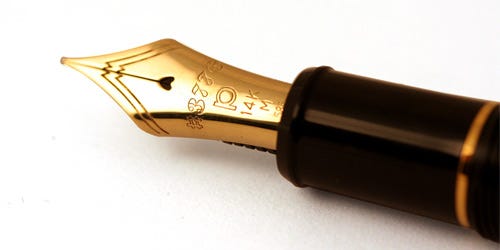
Caring for your fountain pen
Writing with a fountain pen will provide you with a pleasurable experience for years to come. A fountain pen will last you for many years, perhaps even generations if it's given the right amount of care. Caring for your pen is not a particularly difficult or laborious process and will save you a lot of money on expensive nib replacements, so feel free to peruse our tips below to ensure you get the best out of your writing instrument.
PREPARING A FOUNTAIN PEN FOR FIRST USE
If it is the first time the fountain pen is used, you should prime the pen. Simply fit the ink cartridge into the pen and squeeze the cartridge hard until you see some ink come out of the tip. If you are using a fountain pen converter, turn the screw part of the converter anti-clockwise and force some ink out from the tip. This helps encourage the ink to flow smoothly.
If your pen still doesn’t write, try to cover the pen tip completely with some tissue, then shake the pen vigorously until you can see some ink is left on the tissue. Be careful not to hit anything when shaking the pen otherwise the nib might get damaged.
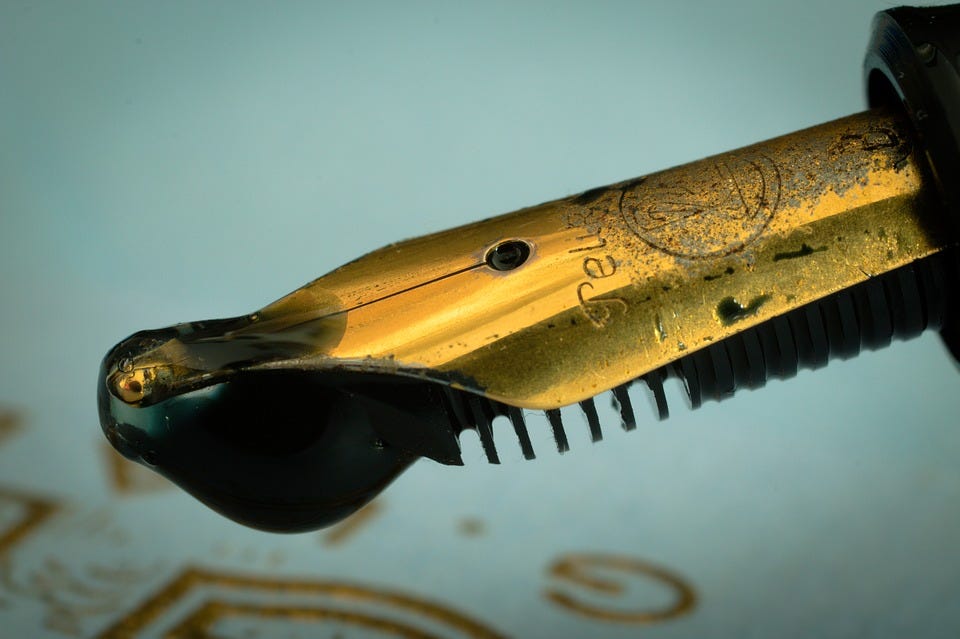
CLEANING AND FLUSHING YOUR FOUNTAIN PEN
Inevitably, fountain pens will dry out if not in continuous use. We recommend cleaning out your fountain pen at least 4 times a year, perhaps more often if your pen will be out of use for longer periods. To flush it properly:
- Remove the ink cartridge/converter from the pen and run the front end (nib, grip and feed) under warm water.
- Once the water runs clear, place the nib into a mug of warm water for a minimum of 2 hours. This helps loosen any really hardened and dried out ink particulates.
- Shake out any excess water and dry the nib with a clean, lint-free cloth.
- At this point your pen will be ready for use again, that is if you don't mind your ink getting progressively darker as the ink displaces the water in the feed. If this is a concern, leave it to completely dry overnight; we recommend wrapping in kitchen paper to help absorb the remaining water.
Bonus tip:
Ensure you complete the process above every time you change ink colour or brand, or the residue from the previous ink could mix with the new one creating either:
- a rather strange colour combo, or;
- a viscous substance which could block the nib.
Additional Notes:
DO NOT use Indian ink or Carbon inks in normal fountain pens. These inks have high solids content and will clog up the feed systems.






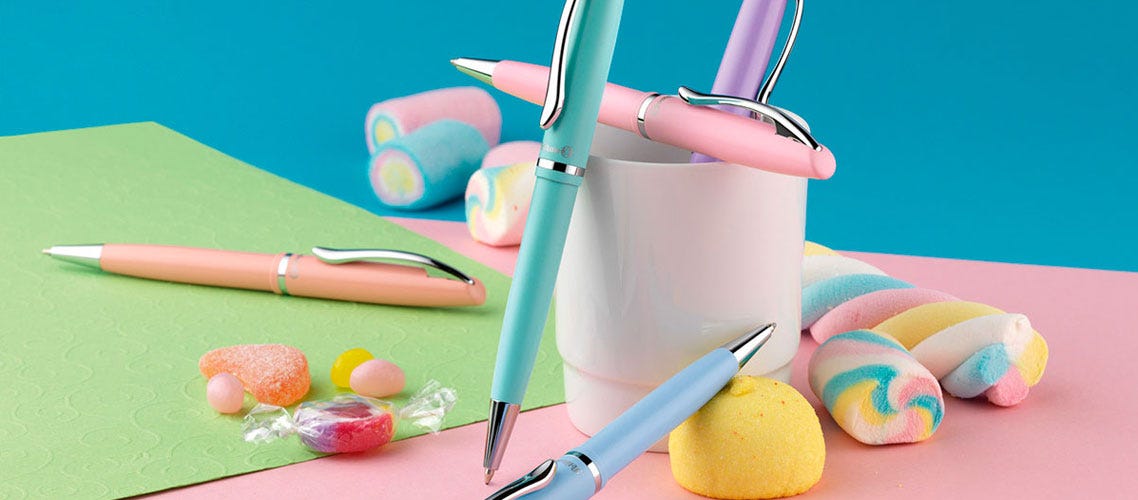
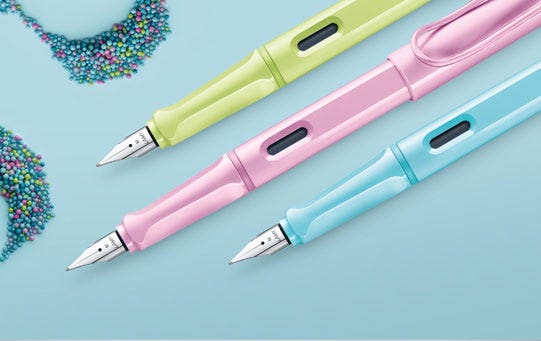
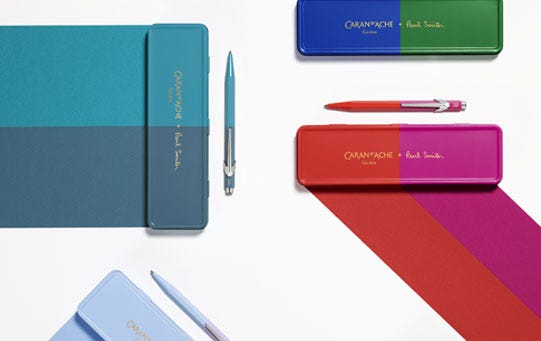

Comments
Thanks so much for your reply all is working fine!
Excellent advice, if I may add that on occasion you may find that a brand new fountain pen seems jumpy, skips on paper or a little dry. If this is the case a flush out with water generally sorts it out, using the steps described above. I have had this issue with pens that have been 'factory' tested, they may have some ink residue left in the mechanism after leaving the factory.
Thanks so much for your reply all is working fine!
Excellent advice, if I may add that on occasion you may find that a brand new fountain pen seems jumpy, skips on paper or a little dry. If this is the case a flush out with water generally sorts it out, using the steps described above. I have had this issue with pens that have been 'factory' tested, they may have some ink residue left in the mechanism after leaving the factory.